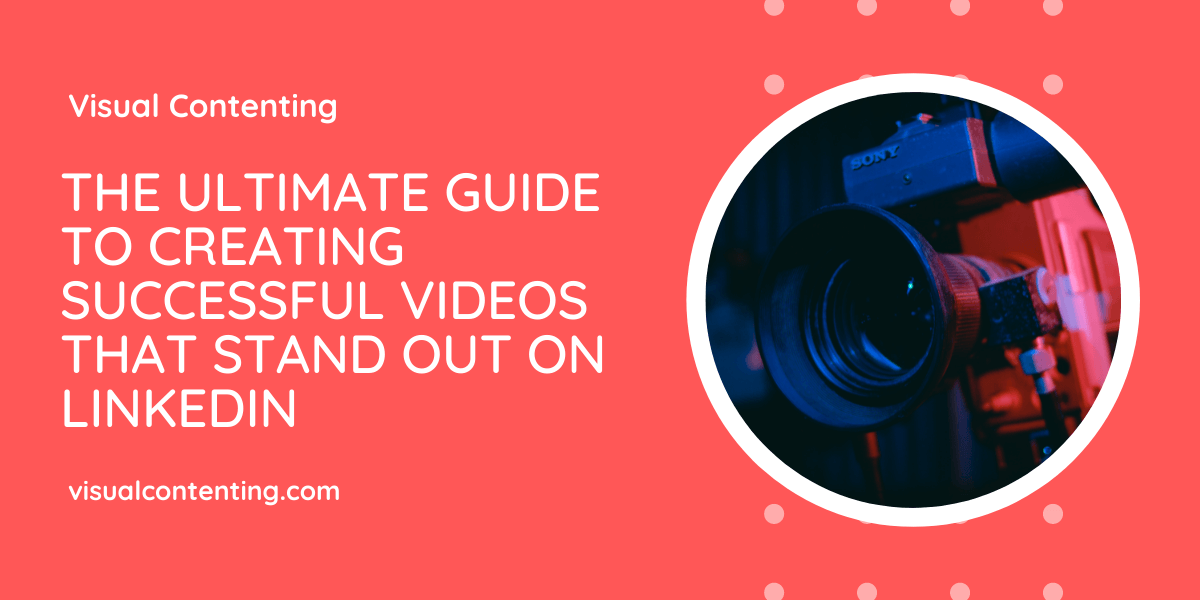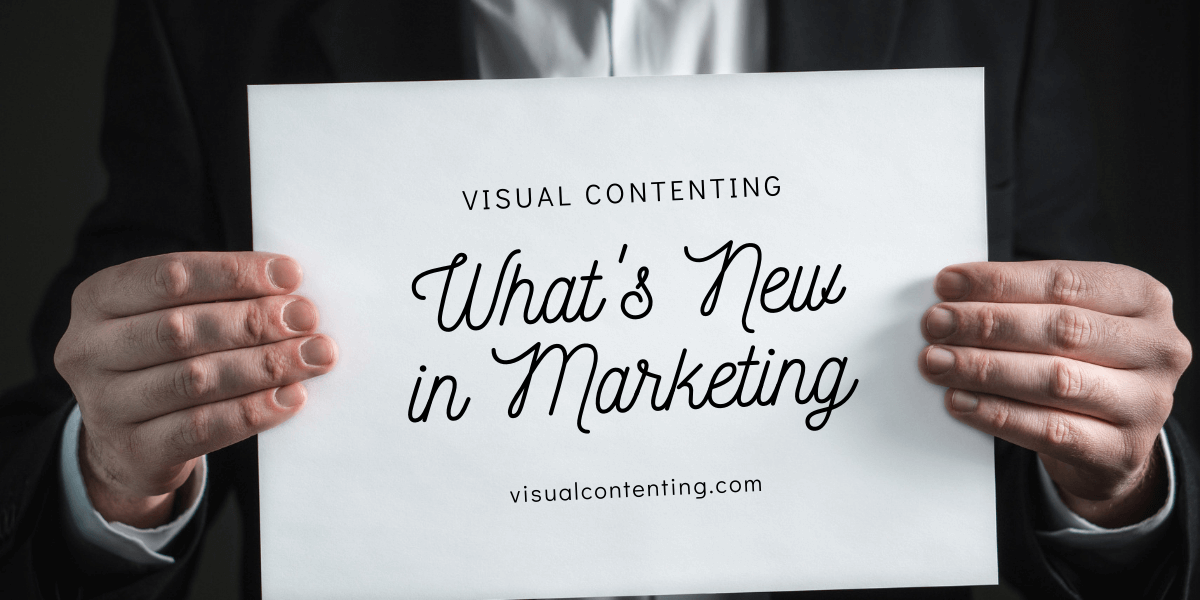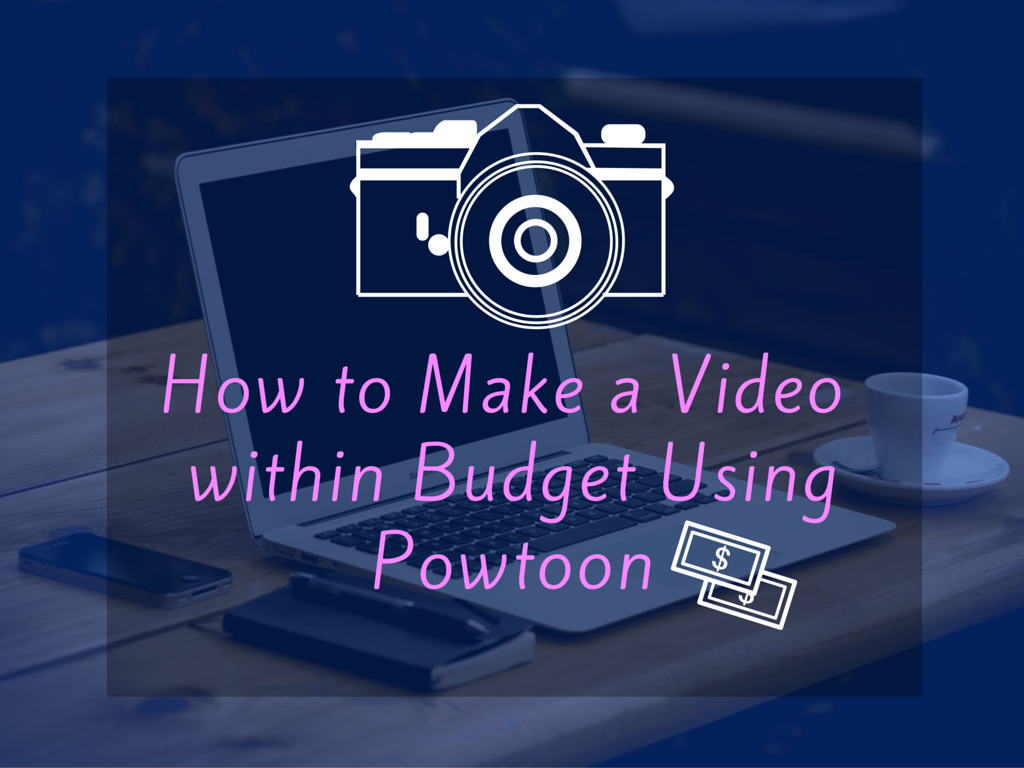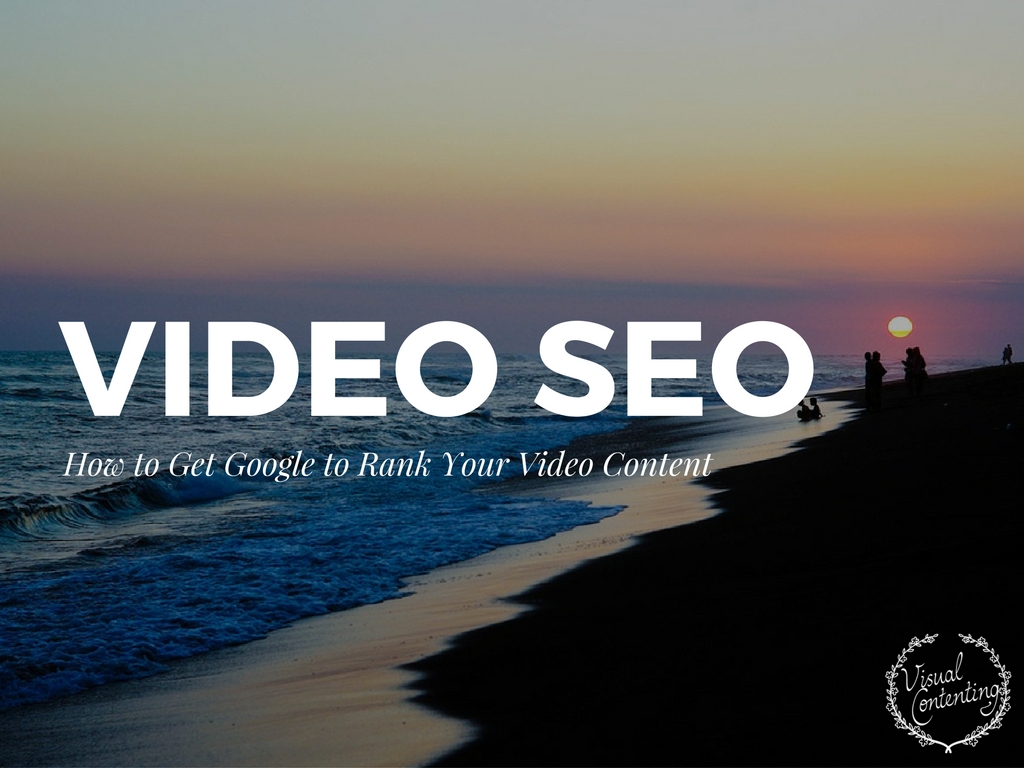We are all looking to effectively communicate with our prospective customers or clients. I believe (and there is science to back it up) that the best way to communicate is through telling a story.
We also know that visual storytelling is powerful. The human brain processes visuals 60,000 times faster than text. As well, 65% of the population are visual learners.
Marketers understand the need for creating engaging visual content. Whether static graphic images, photographs, memes, gifs, live video or corporate animation, there is ample evidence that visual content is engaging.
Video content, whether live or animated, when coupled with a compelling story will capture your audience’s attention and help them remember your message.
When it comes to Business-To-Business marketing, LinkedIn is the go to source for connecting, sharing, and interacting with other professionals.
LinkedIn has more than 774 million members across 200 countries.
While it is still used for recruiting, LinkedIn has evolved into a powerful tool for both individuals and organizations to establish a professional profile. As such, people are learning, like with other social media platforms, the importance of creating and sharing content. Companies and individual LinkedIn members have boosted their LinkedIn content to stay connected with professional contacts and colleagues. In fact, year over year content creation increased by 60%.
Like with most social media platforms, there are a variety of types of content to share both from created and curated content. This ranges from blog posts, industry news and research, quick tips, in-depth how-to guides, photo updates, and company updates. And yes – video.
Not only are people sharing more video but they are finding it works.
75% of those who used video on the platform found it effective.
Video content is one of the best ways to communicate your story in an impactful and engaging way. This is as true for LinkedIn as for other platforms. Yet, many struggles with where to begin and how to share video on LinkedIn. Further, others struggle for how to stand out in the noise of the immense content being shared.
Below are tips to guide someone who wants to embrace the power of video on LinkedIn. The guide is broken into two parts. Part one illustrates the elements related to leveraging the power of story and communication. Part two focuses on making the best use of some of the specific elements of LinkedIn.
Be Client / Customer Centric
There is a tendency for businesses to often want to share about how great their organization is. Content or stories about their benefits and accolades are delivered with great superlatives like “the best,” “the #1,” “the greatest,” “the most,” fill in the blank. What these brands fail to recognize is that consumers don’t care about what a business can do – at all. People only care about what a business can do for them! Brands need to remember the most popular radio station ever – WIIFM – What’s In It For Them. The video content that brands share on LinkedIn needs to demonstrate their understanding of their audience and how the brand can help them with any given problem. The focus needs to be on them not the company.
Be Authentic
LinkedIn users, like all modern consumers, have a highly developed BS radar. Gone are the days when brands could make overstated claims without the need to back it up. In the sharing economy where people are eager to share both good and especially bad brand experiences, the fake it to you make it is a risky proposition. Professionals now expect brands to be authentic and transparent. Failure to do so can have catastrophic results. Live or animated video content has the ability to communicate directly to your audience in a meaningful and authentic manner. The medium of visual storytelling is particularly strong in delivering messages in a way to build trust with your audience. Brands who abuse this do so at their peril.
Note: Often video production can be forgiven is the message comes across as being genuine. Professionally produced live or animated video stories definitely have their place and iPhone video can also work. Either way, it is the open and candid communication is what matters.
Provide Value
Share tips and knowledge to bring value to your audience. How-to videos can be compelling because you are giving someone the tools to accomplish something. Too many people shy away from creating video content on LinkedIn that gives away guides or insights for fear then people will not need their product or services. This is rarely the case. You are giving value and most will still need subject matter expertise to maximize or optimize the situation. Once you provide value, you establish yourself as that go to expert and your audience will come for more.
Be Consistent
Consistency in your video content on LinkedIn come in two forms. Consistency in the frequency you share video content and consistency in the type of content you share. You need to be consistent in both ways. The worst thing you can do is post a video one and then don’t post another one for a long time. Consider creating a video series that can continually share insights and value with your audience. Similarly, you need to be consistent with your brand and the message your videos share. Again, you are looking to be the expert in a particular subject and you’re your brand memorable. Spread yourself too broad then your message and focus becomes diluted. Be consistent with your brand in terms of what your mission is and how it is represented.
Let’s now turn to a few guidelines for making use of LinkedIn’s preferences and tools for video.
Go Native
When sharing video to LinkedIn (or any platform) you should always share natively. This means that you upload the video directly to the platform without using a third party video hosting site like YouTube or Vimeo. LinkedIn, like other social networks, want to keep their users on the platform and as a result give preference in a number of ways to native video.
Organic Vs. Paid
As stated earlier LinkedIn has over 700 million users and reaching people organically with video or other content can be a challenge. All social media platforms are looking to leverage their paid advertising capabilities. As such, to reach a wider audience consider running ads, which work very well with video content. LinkedIn has upped their ad game and developed strong targeting capabilities.
Go Live
Although a recent addition to the platform that you need to apply for, going live on LinkedIn can be another way to interact with people in the moment. With it still being a relatively new feature don’t expect too much engagement. That being said, now is an opportunity to start and be ahead of the curve for when it likely will grow as a way of communicating video content. LinkedIn also requires a third party streaming service to utilize LinkedIn live and there are ways to set these as events and have them recorded for later viewing. Live-streaming video continues to grow across the social universe and it is worth experimenting with on LinkedIn.
LinkedIn and visual storytelling through either live or animated video continues to be the best way to market your business on LinkedIn. By using the above guidelines you can create video content that will engage your audience and lead to more connections, more conversations, more sales and hence grow your business.
Related Posts

Geoffrey Klein is the Founder & CEO of nine dots, a video and animation company that helps businesses share their message through visual communication to connect with their audience. Geoffrey is also a Tedx speaker and an adjunct professor at Temple University’s School of Media & Communications. His experience spans from being legally trained to working for Seth Godin to working on major motion pictures at Paramount Pictures and MGM Studios.







